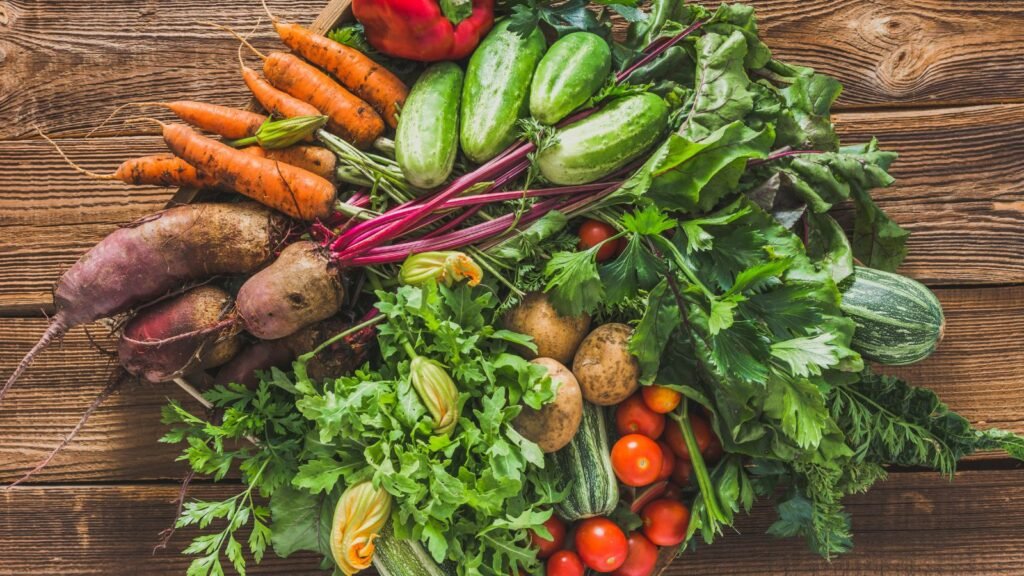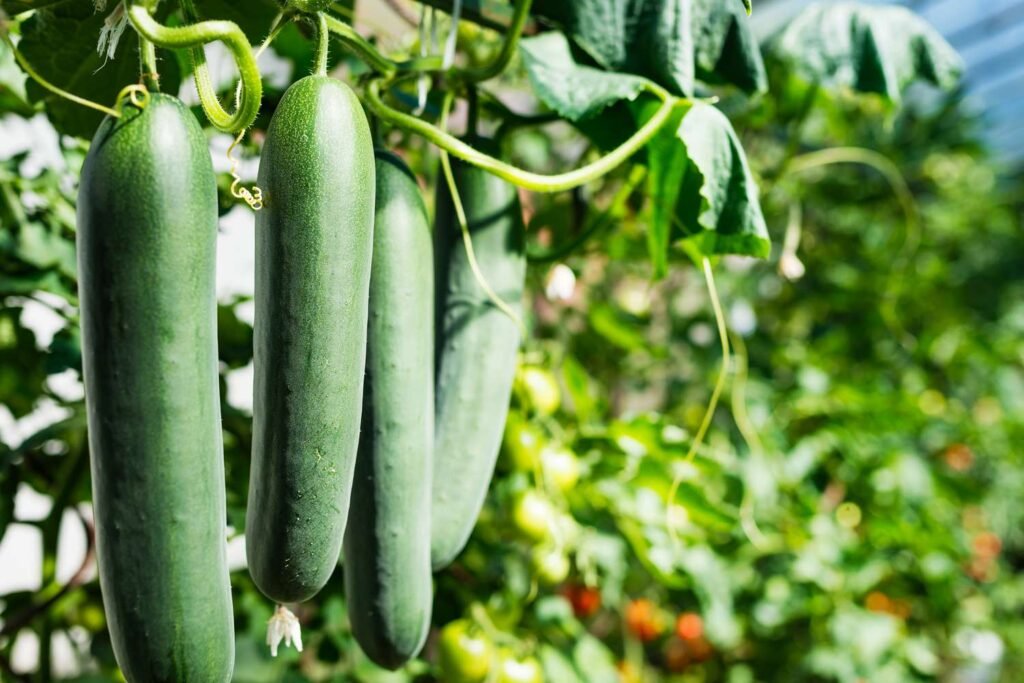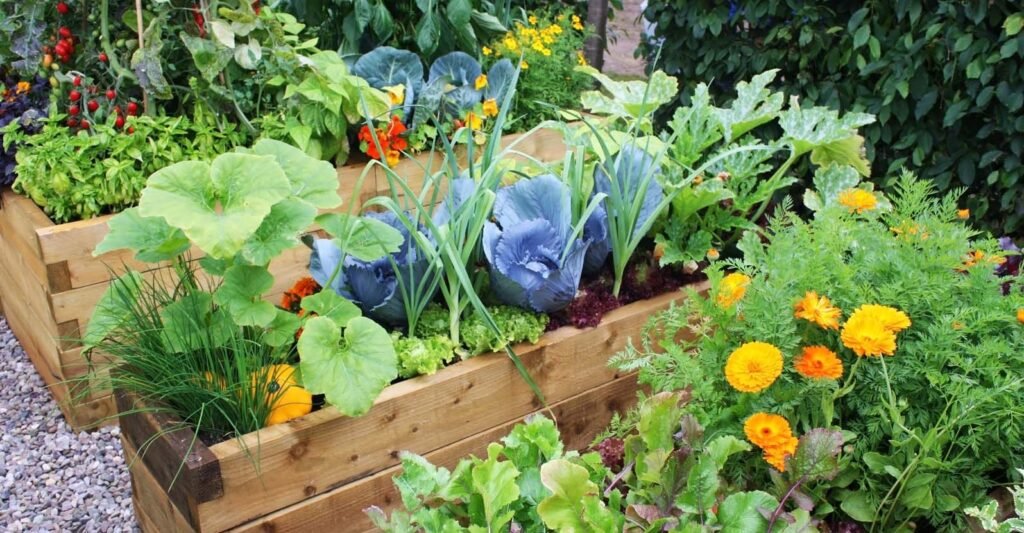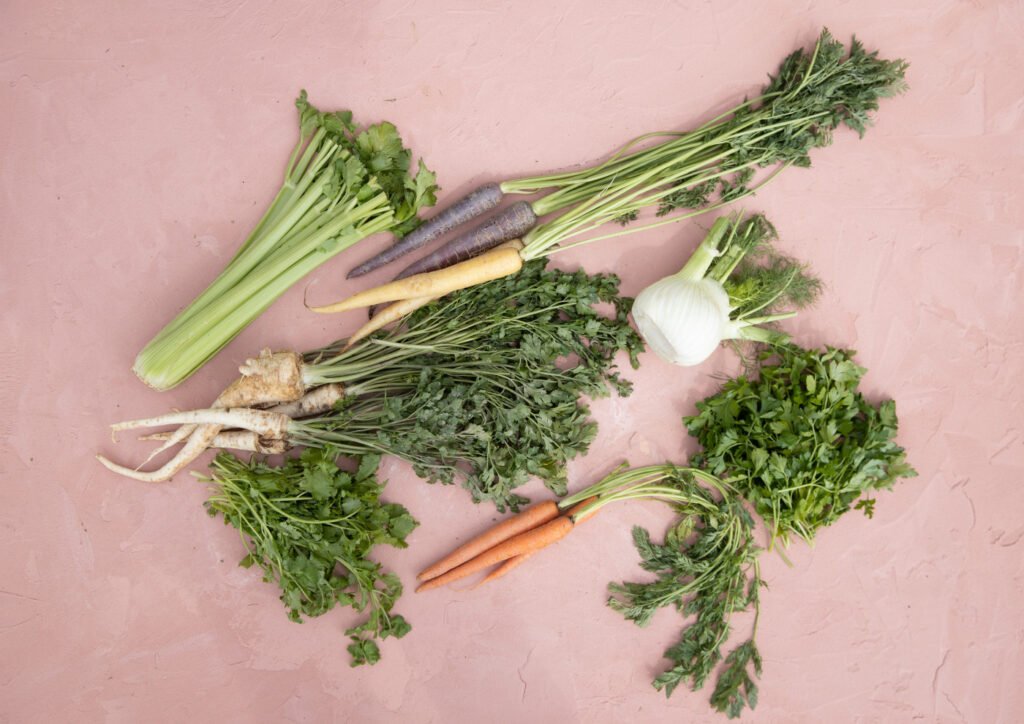As the growing season shifts toward cooler temperatures, gardeners face the unique challenge of extending harvests while maintaining soil health. Fall gardening presents an opportunity to plant cool-season vegetables such as lettuce, spinach, broccoli, carrots, and kale. One of the most effective ways to optimize growth, improve flavor, and deter pests in these autumn crops is through companion planting. Companion planting involves strategically pairing plants that benefit one another by improving nutrient uptake, repelling pests, enhancing flavor, or providing structural support. Understanding the best companion plants for fall vegetables ensures a productive, healthy, and visually appealing autumn garden.
Understanding Companion Planting

Companion planting is a centuries-old gardening strategy that leverages natural plant interactions. Key benefits include:
- Pest Control: Certain plants emit scents that deter pests or attract beneficial insects.
- Improved Growth: Some plants enhance nutrient availability or provide shade, reducing stress for neighboring crops.
- Enhanced Flavor: Flavorful herbs like basil and cilantro can improve the taste of nearby vegetables.
- Space Efficiency: Tall or sprawling plants can be paired with smaller crops to maximize garden space.
- Soil Health: Legumes, for instance, fix nitrogen in the soil, benefiting neighboring vegetables.
By thoughtfully combining plants, gardeners can create resilient ecosystems that thrive through the cooler fall months.
Top Companion Plants for Common Fall Vegetables

Here are some of the best companion plants for popular fall vegetables:
1. Lettuce
Lettuce is a cool-season leafy green that benefits from companions that provide shade, repel pests, and improve flavor.
- Companions: Carrots, radishes, onions, garlic, chives, and marigolds.
- Benefits:
- Carrots and radishes break up soil and prevent overcrowding.
- Onions and garlic repel aphids and leaf miners.
- Marigolds deter nematodes and add color to the garden.
- Planting Tip: Space lettuce around taller companions to create partial shade, extending leaf tenderness and preventing bolting.
2. Spinach

Spinach thrives in cool, moist conditions and appreciates partners that enhance growth and reduce pest pressure.
- Companions: Strawberries, peas, onions, and herbs such as dill and coriander.
- Benefits:
- Peas fix nitrogen in the soil, enriching spinach growth.
- Strawberries provide ground cover, keeping soil moist and cool.
- Herbs repel aphids and leaf miners while attracting pollinators.
- Planting Tip: Pair spinach with taller legumes for partial shade, which helps retain leaf tenderness.
3. Broccoli and Other Brassicas
Broccoli, cabbage, kale, and cauliflower are classic cool-season brassicas. They are susceptible to pests like cabbage worms, aphids, and flea beetles, so companion plants play a critical role.
- Companions: Dill, sage, thyme, onions, garlic, and nasturtiums.
- Benefits:
- Dill and thyme attract beneficial insects like parasitic wasps that prey on pests.
- Onions and garlic emit pungent odors that deter cabbage worms and aphids.
- Nasturtiums act as a trap crop, luring pests away from brassicas.
- Planting Tip: Avoid planting broccoli near strawberries or tomatoes, as they can compete for nutrients and water.
4. Carrots

Carrots are root vegetables that thrive when paired with companions that improve soil structure or deter carrot-specific pests.
- Companions: Lettuce, onions, leeks, radishes, chives, and rosemary.
- Benefits:
- Onions and chives repel carrot flies.
- Lettuce provides partial shade, keeping the soil cool and preventing carrots from becoming bitter.
- Radishes grow quickly and can act as a trap crop for pests.
- Planting Tip: Avoid planting carrots near dill or parsnips, as they may cross-attract pests.
5. Kale
Kale is a hardy leafy green that can benefit from companions that deter pests and enrich soil nutrients.
- Companions: Beets, celery, onions, nasturtiums, and aromatic herbs like rosemary and sage.
- Benefits:
- Nasturtiums repel aphids and flea beetles.
- Celery improves kale growth and helps with flavor.
- Onions and herbs provide pest deterrence.
- Planting Tip: Ensure kale has enough sunlight by planting shorter companions nearby, allowing leaves to grow without excessive shading.
Herbs as Companions
Many herbs are excellent companions for fall vegetables due to their ability to deter pests and attract pollinators:
- Thyme: Repels cabbage worms, whiteflies, and other pests.
- Dill: Attracts beneficial insects such as ladybugs and parasitic wasps.
- Cilantro: Deters aphids and spider mites while attracting pollinators.
- Sage and Rosemary: Repel insects that commonly attack leafy greens and brassicas.
Herbs also enhance the flavor of nearby vegetables, creating more aromatic and flavorful harvests.
Flowers as Companion Plants

In addition to herbs, certain flowers serve as beneficial companions for fall vegetables:
- Marigolds: Deter nematodes, aphids, and whiteflies.
- Nasturtiums: Serve as trap crops for aphids and caterpillars.
- Calendula: Attracts pollinators and beneficial predatory insects.
- Borage: Enhances growth and flavor of brassicas while attracting pollinators.
Integrating flowers into vegetable beds also adds aesthetic appeal, making your fall garden visually vibrant.
Crop Rotation and Companion Planting
Companion planting works best when combined with crop rotation:
- Avoid planting the same family of vegetables in the same soil year after year.
- Rotate root crops, leafy greens, and brassicas to prevent soil-borne diseases.
- Companion plants like legumes enrich soil nitrogen, supporting subsequent crops.
Strategic crop rotation enhances both soil fertility and pest management, boosting overall garden productivity.
Tips for Successful Fall Companion Planting
- Plan Your Layout: Map out vegetable and companion plant pairings before planting. Taller plants should not overshadow smaller crops.
- Consider Soil Needs: Pair plants with similar water and nutrient requirements.
- Succession Planting: Plant fast-growing crops alongside slow-growing ones for continuous harvests.
- Use Natural Pest Deterrents: Companion plants reduce the need for chemical pesticides, making your garden eco-friendly.
- Monitor Growth: Regularly inspect plants for signs of disease or pest damage and adjust companion pairings as needed.
With careful planning, companion planting can transform fall gardens into productive, sustainable, and low-maintenance ecosystems.
Benefits of Companion Planting in Fall Gardens
- Enhanced Yield: Improved nutrient uptake and pest control increase vegetable productivity.
- Reduced Pest Pressure: Strategic plant pairings naturally repel harmful insects and attract beneficial ones.
- Better Soil Health: Nitrogen-fixing companions enrich soil, and cover crops prevent erosion and nutrient loss.
- Flavor Improvement: Certain herbs and flowers enhance the taste and aroma of vegetables.
- Sustainable Gardening: Companion planting reduces chemical inputs and promotes biodiversity.
By combining companion planting with fall vegetable selection, gardeners can maximize harvest and maintain healthy soil into the winter months.
Conclusion
Companion planting is a practical, sustainable approach for boosting fall vegetable growth, flavor, and resilience. By pairing leafy greens, root vegetables, brassicas, herbs, and flowers thoughtfully, gardeners can reduce pest pressure, enhance soil fertility, and enjoy bountiful autumn harvests. Whether planting lettuce next to onions, carrots near rosemary, or kale with celery, each strategic combination contributes to a harmonious, productive garden.
Understanding the best companion plants for fall vegetables empowers gardeners to create low-maintenance, sustainable, and visually appealing autumn gardens. With proper planning, care, and observation, companion planting can transform a simple fall garden into a thriving, balanced ecosystem that continues to produce fresh, flavorful vegetables long after summer has passed.
